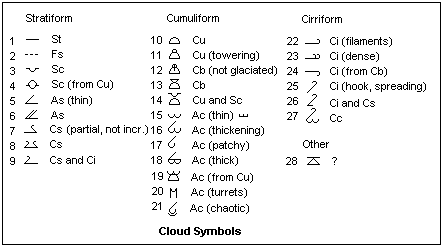Anyway, I pulled out the new phone and snapped a few pictures. The scenario was a typical hot day in Metro Atlanta, with surface temperatures in the mid 90's. This particular thunderstorm was to our south, just below the City of Atlanta- we were 30 miles to the north in Woodstock. The thunderstorm, like many slow-moving summer giants, rained itself out. The relatively cold rain and cold downdrafts neutralized the fuel: heat. As the surface cooled, there was no longer any convection and thus, very little rising air. Unlike springtime thunderstorms that usually have a steering mechanism keeping them moving along a boundary, constantly fed with more unstable, warm, rising air, summertime thunderstorms are slow-movers with little to direct their general movement.
As you can see below the clouds in the upper atmosphere are overtaken by strong winds at that level. The lack of convection and strong vertical circulation within the storm led to the clouds being sheered and whisped away in dramatic fashion. The anvil of this thunderstorm becomes elongated and misshapened. As the evening progresses, these clouds can dominate the sky, with only a triangle-like shape as a reminder of its past.



















